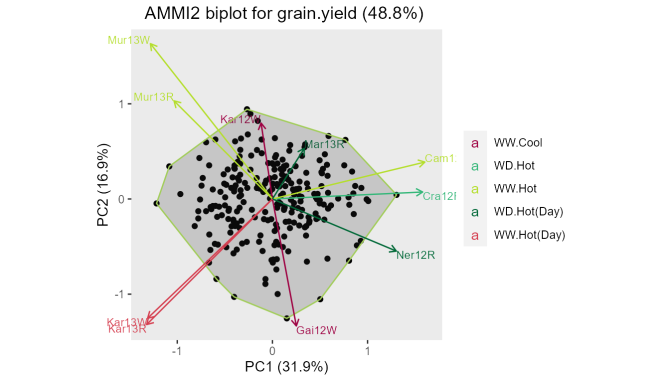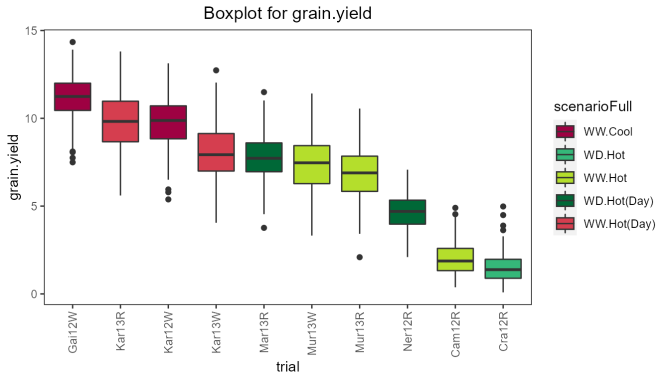
News
Clear figures for complex biological processes
Biometris is a special division of Wageningen University & Research in which a large group of quantitative scientists are developing mathematical and statistical methods for the quantification of biological processes. Bart-Jan van Rossum is one of them. Among other things, he creates R-packages: software that converts statistical measurement data into clear reports at the touch of a button.
‘R is a programming language used for all sorts of statistical purposes,’ explains Van Rossum. ‘The great thing is that it is supported by a vast international community of developers. They each develop their own software, which is often accessible to everyone. You can look at all the open source software to see whether it could be suitable for your own application. The software I am developing is mainly of interest to the agri-food sector.’

Mountains of data
Users of the package also include plant breeders. They have mountains of data that are growing every year, especially now that technology makes it possible to map biological processes down to the chromosome level.
‘Every breeder wants to quickly convert biological data about the plants in their trial plots into comprehensible information. Our software packages carry out the analyses step by step, so you can inspect the results at any point and adjust the analyses as necessary.
We have also developed a high-level shell for the software that allows breeders to skip those intermediate steps. In just a few clicks they can get a clear graphical report that enables them to take immediate decisions, to select the best crops for further crossbreeding for example.
Anyone wishing to conduct additional statistical analysis can delve deeply into the data, but the standard report is sufficient for most purposes.’

Better decisions
Van Rossum is now developing a solution for tomato and sweet pepper growers. ‘Ideally, as a grower you want to be able to calculate exactly how to orchestrate the conditions in the greenhouse such that you can achieve a particular yield within a certain period of time. This is becoming increasingly realistic: we can measure more and more, and we also have more and more data to work with. This also enables us to develop increasingly accurate statistical models. For the farmer and grower this means that, thanks to our models, they can make increasingly better decisions.’